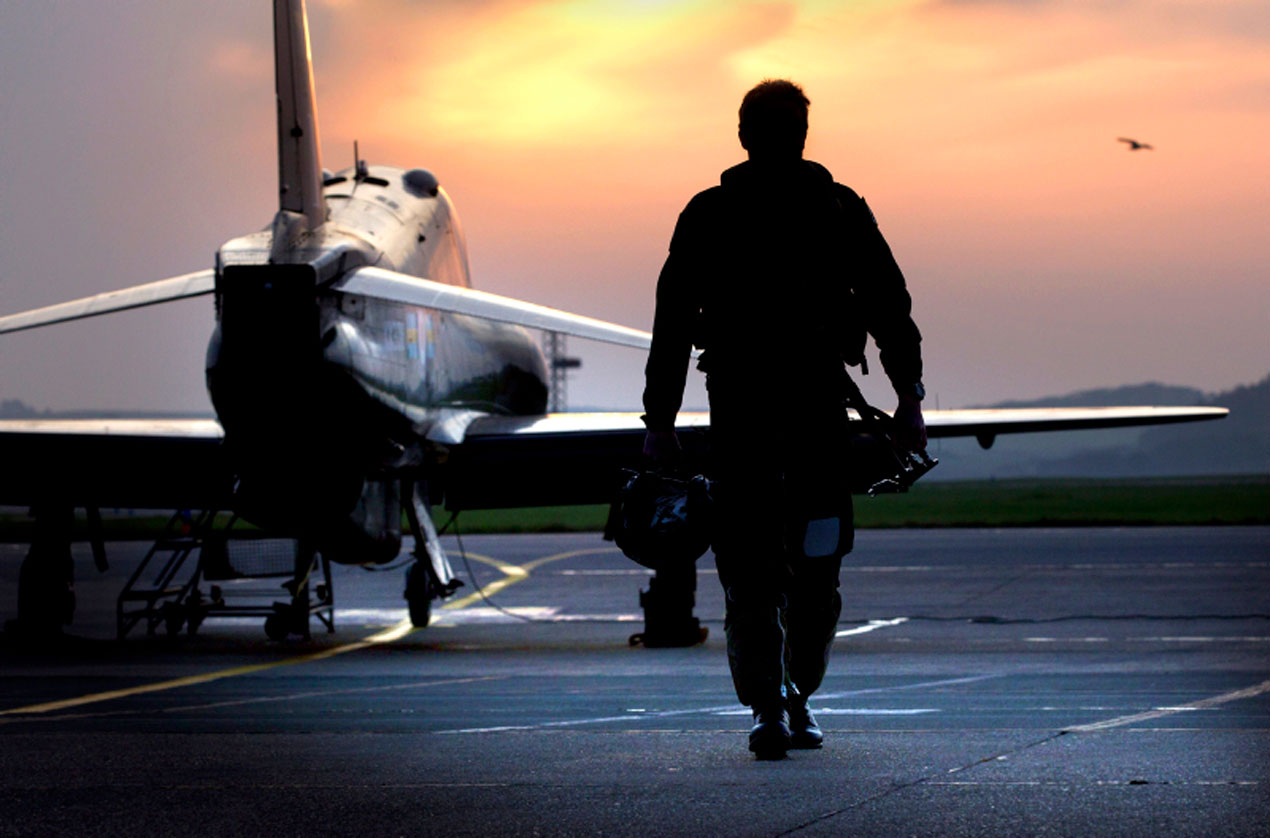Real-World Training For Fast Jet Pilots
Simulating the effects of hypoxia in training for Spanish Air Force fighter jet pilots.
07 December 2018

A new flight training system that reproduces the effects of hypoxia for fighter-jet pilots is being developed for the Spanish Air Force.
Technology consultancy Indra and iAltitude, a company specialising in high-altitude sports training, are developing the system which mimics the conditions of low-oxygen availability which air force pilots can experience during high-altitude flights.
The pressure in a fighter aircraft cabin decreases as it gains altitude, thereby reducing the oxygen low availability in the air. To overcome this problem, pilots use a backup oxygen mask to breathe. However, if something fails, they must be able to identify the symptoms that precede hypoxia, a dangerous state that can cause loss of consciousness in a few seconds. They will be able to react quickly only if they receive adequate training.
Until now, training in hypoxia was mainly performed in hypobaric and normobaric sealed chambers, in which pilots can perform some exercises to detect loss of ability, not linked although to flight tasks. This new system will offer a more realist environment.
To this end, Indra has integrated iAltitude's normobaric hypoxia equipment in the C101 jet, the same one in which Spanish pilots train before they take control of an F18 or Eurofighter, (FT-CNH: Flight Trainer-Controlled Normobaric Hypoxia).
With Indra and iAltitude’s training, hypoxia tests are now completely integrated with flight training. The capabilities of each pilot are evaluated in all kinds of circumstances and conditions, measuring their ability to complete the usual flight procedures second to second.
The system developed by the two companies regulates the oxygen concentration pilots receive through their mask, reducing it progressively to analyse their resistance and reaction capacity.
Instructors can monitor trainee pilots physical and cognitive response in real time when faced with realistic flight situations that replicate real operations. Any change in their physiological variables or in the speed with which they react to the stimuli will be recorded for analysis.
Using this information, the Aerospace Medicine Instruction Centre will have one of the most advanced tools available to design training programmes and strengthen pilots’ skills, abilities and safety. The Centre will measure and manage pilots' conditions. The objective is to prepare them so that they can face a risk that, albeit exceptional, is critical for their safety.